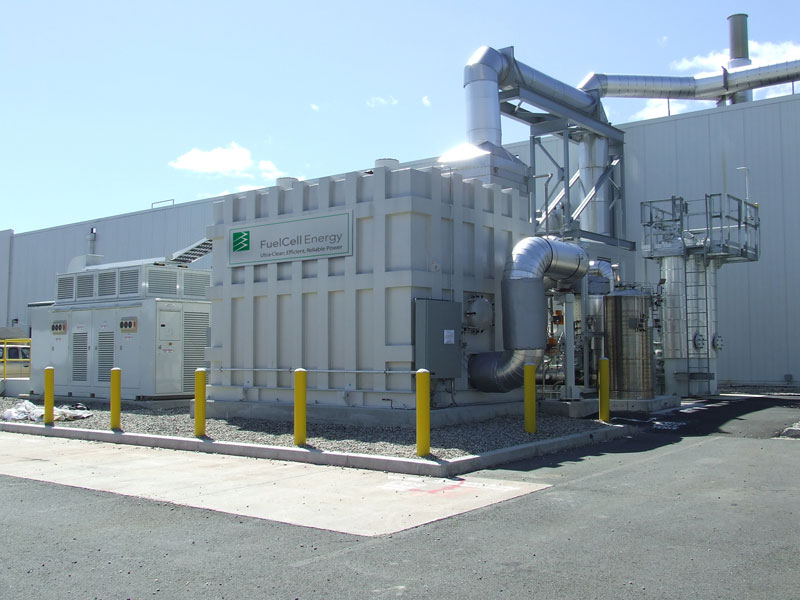Businesses around the world are seeking technology and strategies to help meet new sustainability goals while also maintaining growth and increased market share. A case in point is the State of Connecticut, USA, where the 2015 Fuel Cell Seminar & Energy Exposition focused on the use of hydrogen and fuel cell technology to help maintain and expand the state’s role as a global leader in science and technology while reducing harmful carbon emissions.
According to Joel Rinebold, Director of Energy at the Connecticut Center for Advanced Technology, Inc., “hydrogen and fuel cell technology will help us meet our economic and sustainability goals.” As the private sector embraces sustainability strategies, the public sector, including the United States Department of Energy (DOE) and the Small Business Administration (SBA), are sponsoring these types of events to speed adoption of hydrogen fuels and fuel cells.
Major Players Investing in Fuel Cells for Sustainability
Businesses large and small are forging a new path to growth and sustainability as reflected in annual sustainability progress reports. DuPont, a major multinational chemicals company, published its 2015 Sustainability Progress Report focusing on the company’s sustainability/growth initiatives including:
- Integrating Sustainability and Innovation
- Investing in the Food and Agricultural Leaders of Tomorrow
- Making Sustainability Good Business
- Launching New Emissions and Water Footprint Goals
- Improving Agriculture & Nutrition
- Combining Biological & Chemical Sciences to Build New Bio-Based Industries
- Developing New Advanced Materials to Solve Pressing Challenges
Dupont reported $2.6 billion in 2014 revenue from products that help customers improve energy efficiency and reduce greenhouse gas emissions. In addition, the company has earmarked $10 billion in research and development (R&D) to help feed the world, estimating that 4,000 new products will be developed.
Using Fuel Cells to Store Energy
Siemens of Germany recently commissioned a 6 MW hydrogen storage plant that will use proton exchange membrane (PEM) technology to convert wind power to hydrogen that will be used in fuel cells or supplement natural gas.
Finally, Bloom Energy fuel cells and the Bloom Energy Server use solid oxide fuel cell technology to convert fuel to electricity using an electrochemical reaction without creating smog emissions such as SOx (sulfur oxides) and NOx (nitrogen oxides).
The following video shows how hydrogen fuel cells work:







